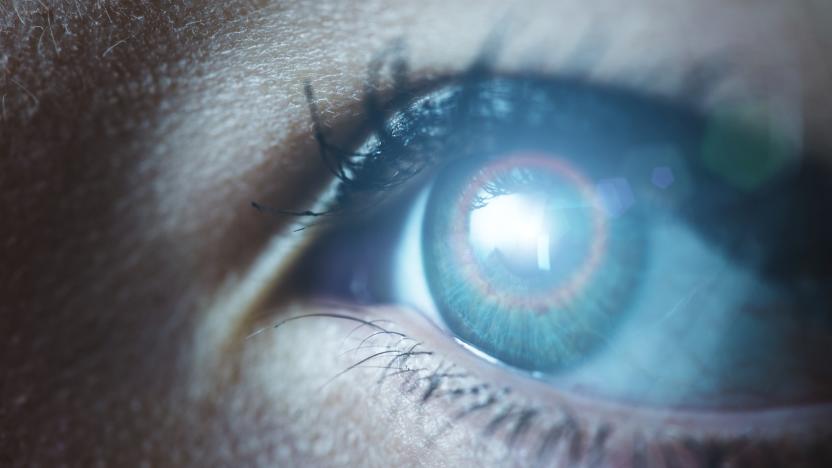Hong Kong University of Science and Technology
Latest

Scientists create a cyborg eye that mimics the real thing
Scientists have created a biomimetic artificial eye that could one day be powered by sunlight.

Researchers create a near-perfect sound absorbing system
We've come a long way since the days of pouring wax into our ears to block out siren songs. A team of researchers at Hong Kong University of Science and Technology have developed a sound-cancelling system that eliminates 99.7 percent of noise, no matter how quiet.

Scientists prove cosmological speed limit, time travel moves a little further out of reach
The cosmological speed limit remains unbroken. A team of researchers from the Hong Kong University of Science and Technology, led by Du Shengwang, claim to have proven that a single photon is incapable of traveling faster than light. The support for Einstein's special theory of relativity all but rules out the simplest form of time travel -- breaking the universe's traffic laws to condense time within a vessel. Don't get freaked out though, this doesn't mean time travel is impossible, only that it will be much more difficult than firing up a warp drive. General relativity still holds hope for bending and ripping the space-time continuum to meet our eon-hopping desires. Looks like it's time to get working on our flux capacitor technology.

Invisibility cloak modified to make you see things that aren't there
The ever-evolving tale of the invisibility cloak makes us want to hang our heads in our hands sometimes, so fraught with frustrations does it seem. Well, another chapter's been added to the tome: researchers at the Hong Kong University of Science and Technology have devised a way to extend the invisibility principle, allowing an illusion to sit in place of the invisible object. So, say you wanted to use an invisibility cloak to mask the presence of your bottle of beer on the table, the new concept -- or 'shroud of lies' as we call it -- would enable you to make it appear that there was a glass of water sitting there, in place of the beer. So how does that work, exactly? Normal, every day invisibility cloaks bend light around a central cavity, whereas the team has now worked out mathematical rules for bending light in other ways, allowing a material to be designed to bend light in the exact way a spoon would, so that the light hitting the material would distort, making it look like a spoon was there. Theoretically, all of this is rather simple and quite sound, though it turns out that there are numberless mechanical obstacles standing in the way of producing such devices. The new illusion-producing device would have to be capable of working without interfering with the invisibility cloak itself (which, if you recall, also can't properly be said to exist). There's no word on when any of this will ever come to fruition of course, but we remain always hopeful.


